Last January 2019, on the occasion of CES in Las Vegas, Ledger announced a new hardware wallet, the successor to the now outdated Ledger Nano S. This is the Ledger Nano X, the object of today’s review.
The Ledger Nano X uses the same software and design of the previous Nano S, but introduces Bluetooth 5.0 connectivity, thus becoming usable directly from the smartphone without having to resort to a PC.
This is a significant step forward since many people today rely almost entirely on tablets and smartphones rather than classic computers. Not only that, a device that can be used by the smartphone allows the use of the hardware wallet on the move, making the solution also suitable for cryptocurrency payments in the retail world.
To some extent, therefore, it is a somewhat similar solution to the CoolWallet S, which is another portable hardware wallet equipped with Bluetooth Low Energy that we have had the opportunity to review in recent months.
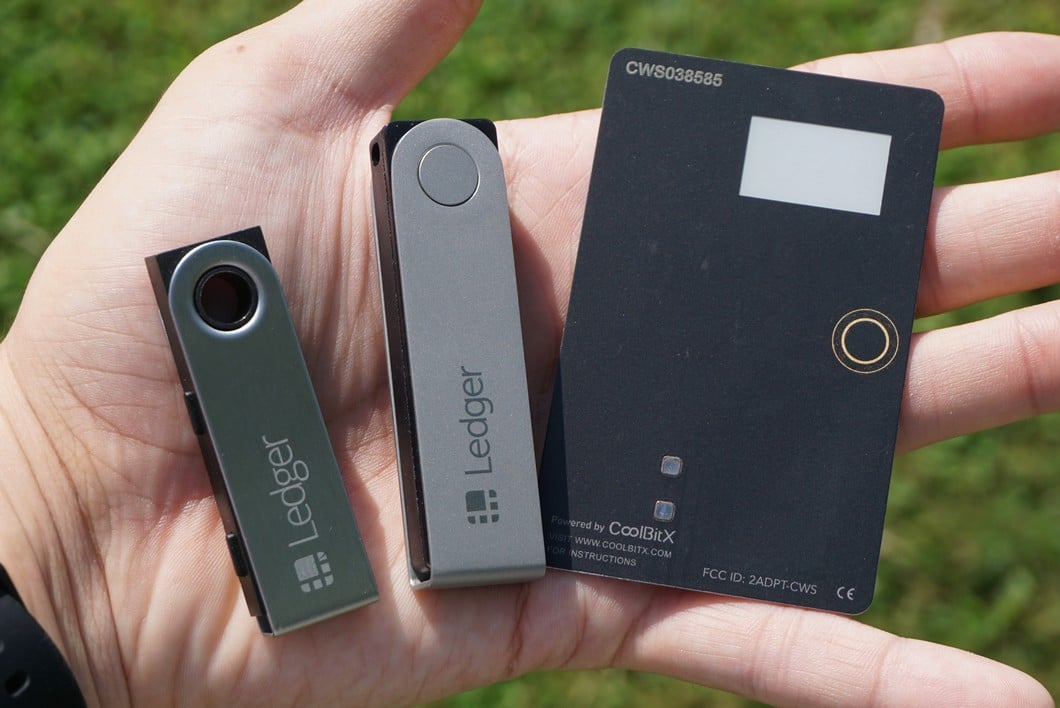
The new Ledger Nano X supports hundreds of coins, almost all those supported by Ledger Nano S. The most interesting aspect of this product, compared to the old Nano S, is that the installed memory allows the installation of a hundred apps without incurring memory problems.
Ledger Nano X: the hardware wallet goes mobile
Ledger Nano X is currently offered at a price of 119 euros. It is available for purchase on the official website.
As with all hardware wallets, it is advisable to buy it on the official store so as to be sure to get an original product. If the device has a damaged or torn seal on the package, it is advisable not to use it, as it could have been tampered with.
Packaging and accessories
Ledger Nano X comes in a white and minimal package, which recalls that of Ledger Nano S, from which it draws the style and size.
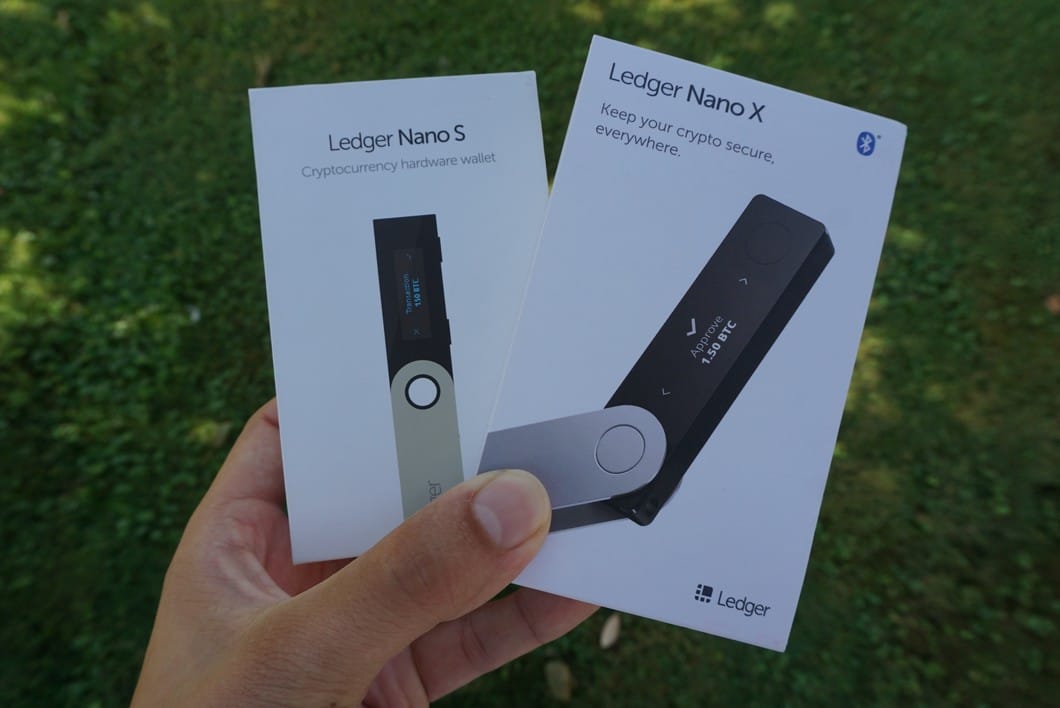
In the box, there is the device, a sleeved USB-to-USB-Type-C cable, a small cord, the classic Ledger manuals and some sheets to write down the SEED.
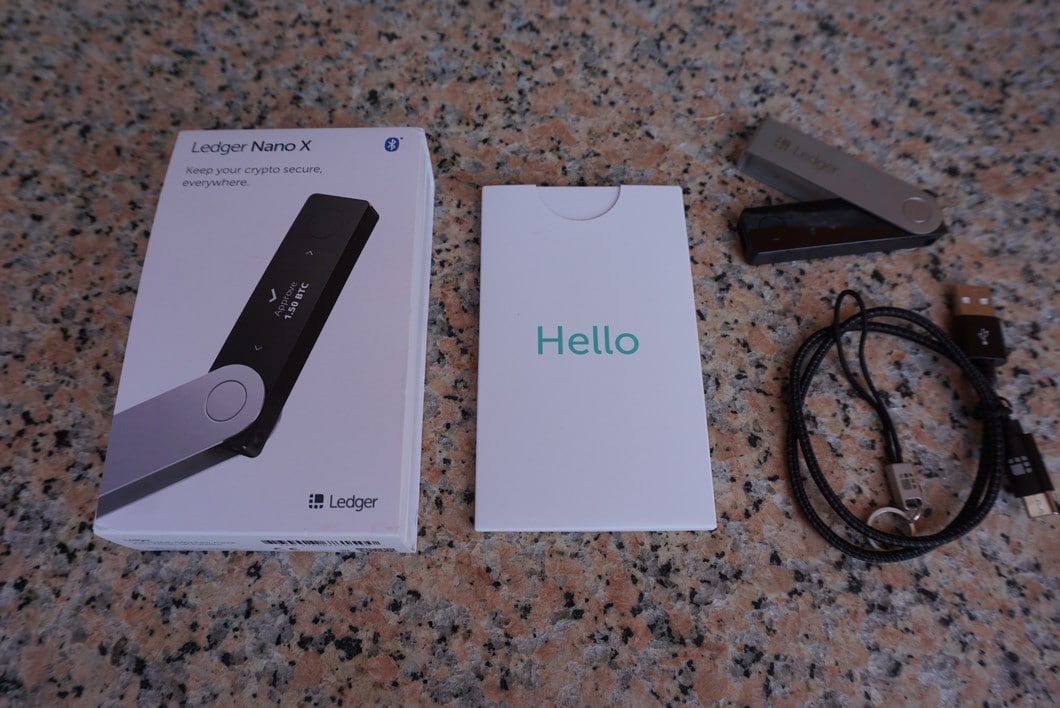
Like with the Ledger Nano S, the company invites users to follow the tutorial on the official website, which explains step by step how to use the device.
Construction and design
As mentioned in the opening, the design of the device resembles the Ledger Nano S, although the size is significantly larger, both in length and thickness. In fact, when placing the two products side by side, the difference in size immediately stands out, in favour, in terms of compactness and portability, of the Ledger Nano S. The weight is also quite different: the Nano X weighs 34 grams, while the Nano S only 16.2 grams.
Moving on to the build, the device is made of black rigid plastic, with a practical metal cover that slides sideways. Unlike the old model, on the Nano X the metal cover has a matte finish rather than a glossy one like the Nano S.
What immediately stands out when looking at the new Ledger Nano X and the old Nano S is the lack of two side buttons, which have been replaced by two large buttons on the front. The right button has been incorporated into the pivot that allows the cover mechanism to slide sideways, while the left button has been inserted to the left of the display and is visible only when the device is opened.
This prevents accidental switching on of the device since the left button turns the device on and off.
Another difference between the two devices is the display, which is much bigger on the Ledger Nano X. The new screen, in fact, has a much better resolution (twice the pixels of the Nano S) and is, therefore, able to display more characters arranged in two lines.
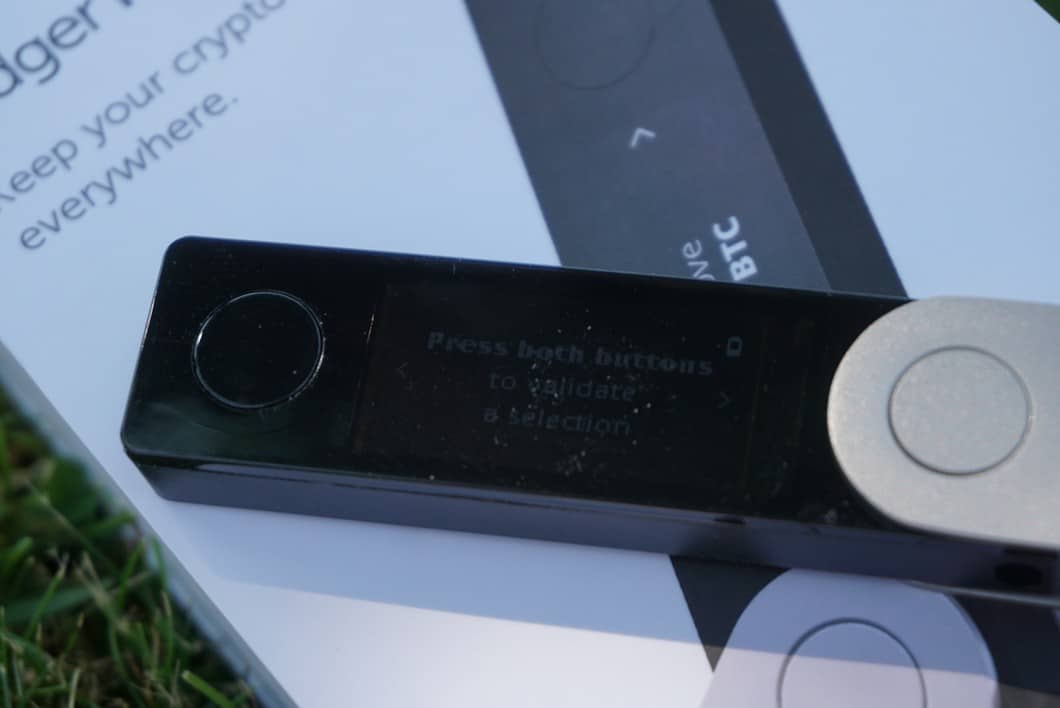
The brightness of the screen is quite good, although it is a bit difficult to view the screen outdoors on sunny summer days. A rather harmless defect, but that should be considered for those who decide to use such a device on the move.
Unlike the old hardware wallet, in order to interface with the PC and recharge the battery, the Ledger Nano X integrates a Type-C USB port, now quite popular on the latest smartphones, tablets and even laptops.
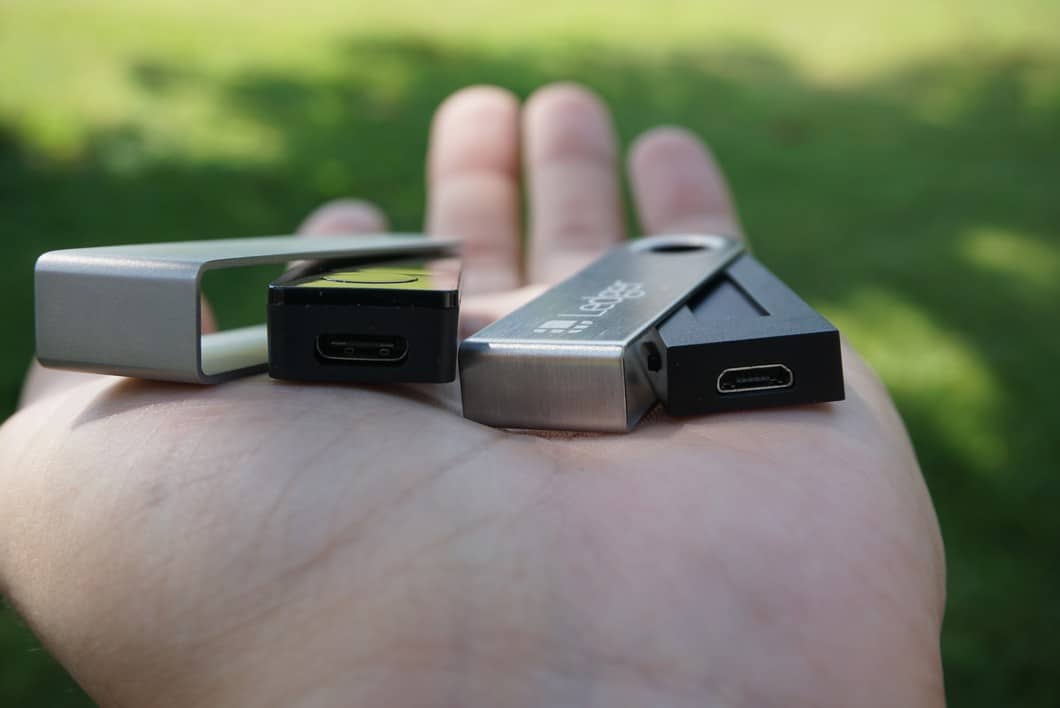
Finally, like the old Nano S, the Ledger Nano X is not waterproof. It is not an essential feature, but very useful when dealing with a product that can be carried around anytime.
How to use the Ledger Nano X
The experience of using the Ledger Nano X is very similar to that of the Nano S, as the device has been defined by the company as the natural evolution of the product.
The user interface displayed by the device is, in fact, the same as that of the Nano S, although obviously, the larger screen allows more information to be seen. Like the Nano S, therefore, the user interfaces with the device using the two keys.
The novelty consists in the possibility to use the hardware wallet directly from the smartphone. While the use from the PC via cable through the Ledger Live App application is rather simple and identical to the Nano S, the use from the smartphone is slightly different.
First of all, in fact, it will be necessary to install the Ledger Live App from the Play Store for Android smartphones or from the Apple Store for iOS devices. Once installed, the step-by-step setup of the Ledger Nano X will be displayed when the App is opened.
At the same time, once the Ledger Nano X is turned on, by holding down the left button for a couple of seconds, it will be sufficient to follow the procedure indicated directly by the device itself for the first setup.
Just like on the desktop, it is possible to choose whether to import an existing wallet or to create a new one. This review will demonstrate how to create a new wallet. First, it will require to choose a security PIN to unlock the device. The operation will be done directly from the Ledger Nano X, just like all the others listed below.
After that, the 24-word SEED must be created and confirmed. They will be shown one by one on the device display. They must be written down one by one in the correct order, as they will then be required for security verification.
At this point, Bluetooth scanning of the Ledger Nano X will commence. Obviously, it is necessary to turn on the Bluetooth on both the smartphone and the hardware wallet.
At the same time, it will be necessary to confirm the pairing code using both keys on the Ledger Nano X. After that, the pairing will be complete.
The user will then be asked to add a security password to unlock the mobile application. Alternatively, after setting the password, it is also possible to use fingerprint identification.
At this point the setup of the Ledger Nano X and the Live App is complete.
Ledger Live App
Among the features offered by the Ledger Live App, there is obviously the possibility to install the various Apps on the Ledger Nano X, in order to support more cryptocurrencies. As with the PC version, it is also possible to update the hardware wallet.
By clicking on Manager it is possible to install or remove the apps, in a similar way to the one already seen on the homonymous application for PC. By clicking on Accounts it is possible, once the relevant apps have been installed, to create the real wallets on the Ledger Nano X for each of the selected cryptocurrencies.
It is obviously possible to create even more wallets for each currency. All accounts are visible in the Accounts section.
After creating an account it is possible to finally use the Ledger Nano X to receive, store and transfer cryptocurrencies: simply click on the Transfer section and select Receive.
At this point it is necessary to indicate which cryptocurrency to receive, so as to generate a new address directly from the Ledger Nano X. Once the address has been verified, it is necessary to confirm it with the Ledger Nano X.
At this point, the smartphone will show the QR code to scan and the address to copy or share towards which to make the transaction.
Once the transaction is completed, the funds will be displayed in the dashboard of the Ledger Live App, where it is possible to monitor all the funds and the counter value in euros or dollars, according to the user’s preferences.
If the user wants to make an outgoing transaction from the Ledger Nano X, it is sufficient to repeat the same operation, selecting Send instead of Receive.
The user will be asked to choose the currency to send, the wallet and the details of the transaction (Address, Quantity, Fee, etc…). Once this data has been entered, it is necessary to sign the outgoing transaction giving the final confirmation directly from the Ledger Nano X.
Finally, moving to the settings section it is possible to choose whether to activate fingerprint authentication (on iPhone X there should be also face unlock), as well as many other options related to the app.
Autonomy
Ledger Nano X incorporates a battery of only 100 mAh, a capacity suitable for the limited size of the device, equal to 72 mm x 18.6 mm x 11.75 mm. All this for a total weight of 34 grams.
This product is comparable in size and weight to a common USB stick.
The integrated battery allows several hours of continuous use. It is difficult to give a precise figure, but in two weeks of use with several transactions performed, apps installed, various initialisations, switching on and much more, the Ledger Nano X under test has used about 40% of the remaining charge.
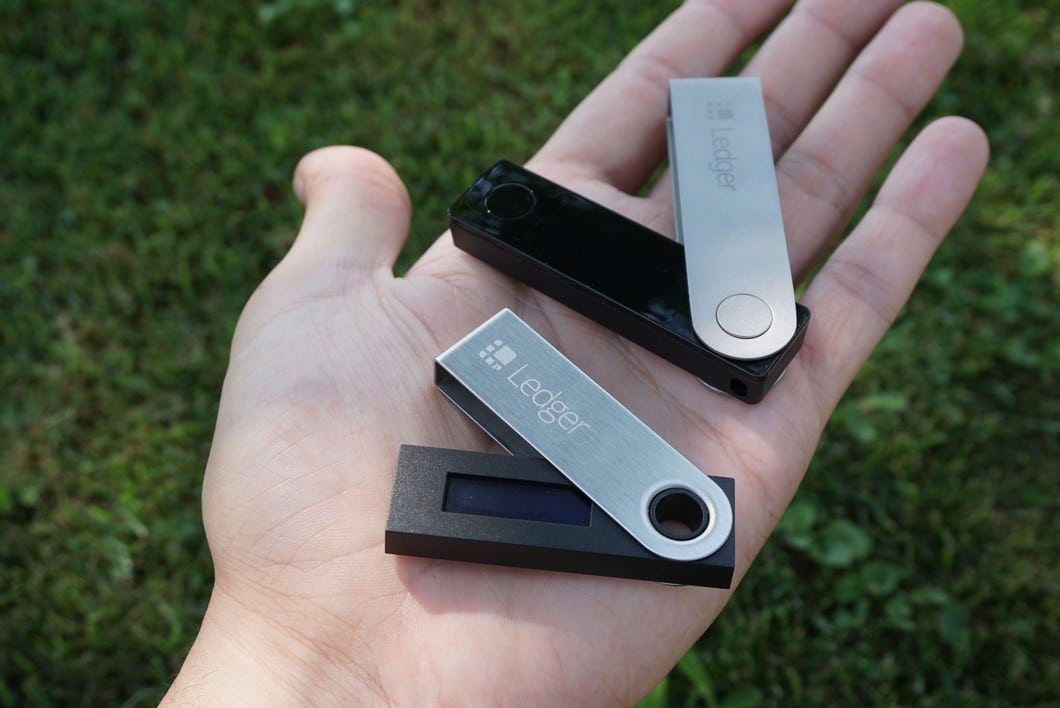
This translates into an autonomy of several weeks if not months in a real use scenario. Much will depend on how many transactions are performed with a wallet.
In any case, if the device is dead, it is possible to use it by connecting it to the PC through a USB Type-C cable. This will allow the battery to charge.
Through a common USB port, charging takes about 50 minutes. It is not recommended to use chargers for laptops or smartphones equipped with fast charging.
User experience
The user interface of the Ledger Nano X is practically the same as that of the Ledger Nano S, designed to make the very best use of the larger display, taking advantage of the alignment on two horizontal lines.
This entails a very similar user experience, which is naturally more enjoyable on the new Nano X.
In terms of device reactivity and performance, the Nano X behaves like the Nano S, resulting slightly faster and more responsive in the installation of the Apps but, as reported by Ledger itself, the performance between the two devices is practically the same.
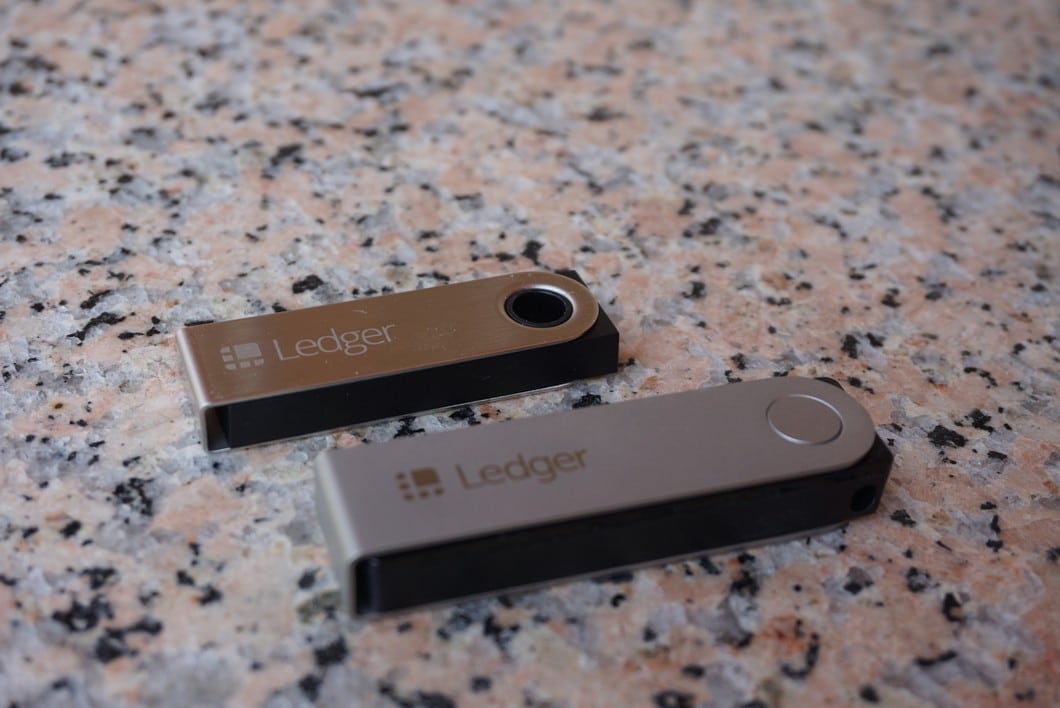
The chip adopted, the ST33 Secure Element, is a simple evolution of the one installed on the Nano S – the ST31 -, equipped with more memory and an integrated controller for the screen and buttons of the device.
As a result, performance, fluidity, responsiveness and more are very similar to those of the classic Nano S.
As already mentioned, it is possible to buy the Ledger Nano X on the official website.



